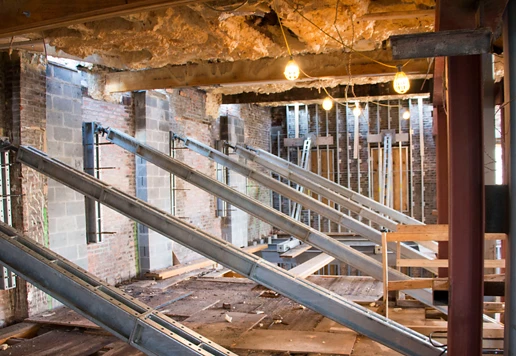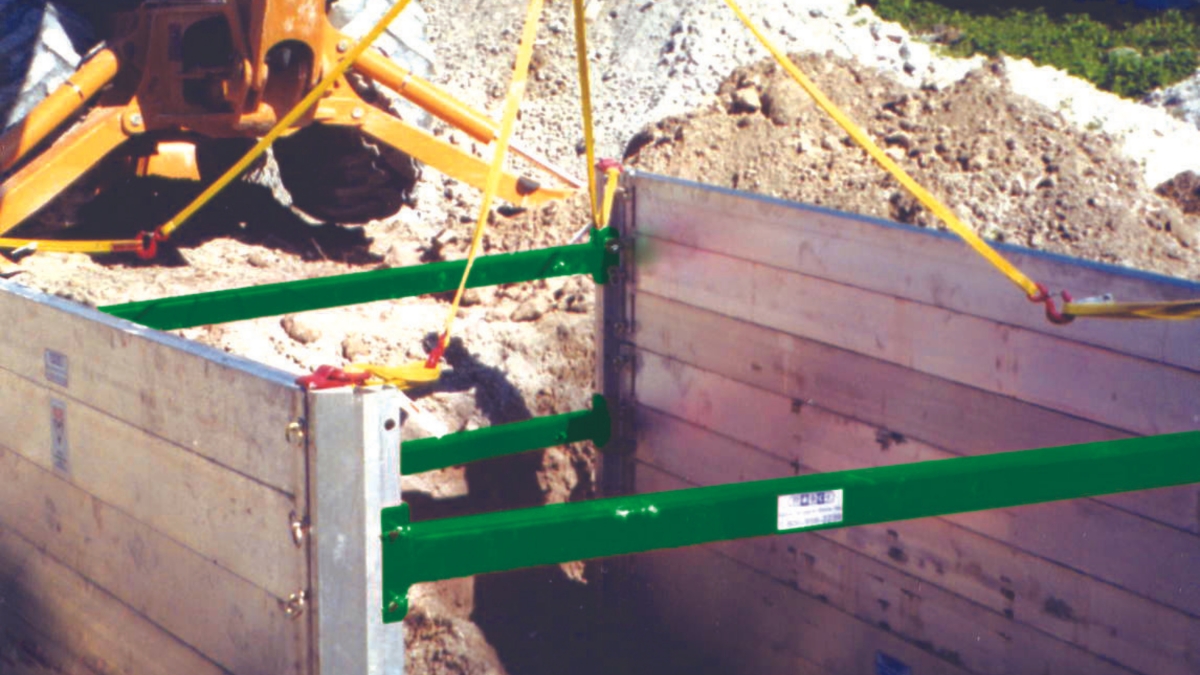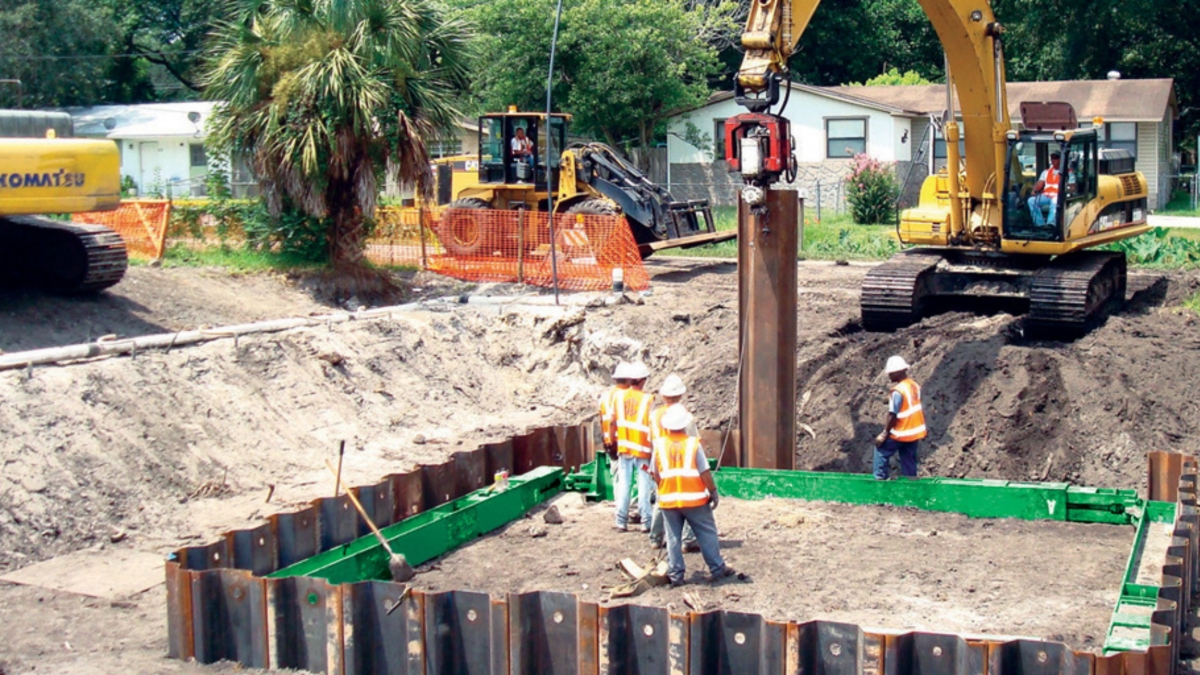-
Equipment and Tools
-
Aerial Work Platforms, Scaffolding And Ladders
- See all
- Atrium Lift
- Cranes / Boom Trucks
- Electric Scissorlifts
- Low-Level Access
-
Manlift Articulating
- See all
- Manlift Articulating 120' - 135' Combustion
- Manlift Articulating 30' - 39' Combustion
- Manlift Articulating 30' - 39' Electric
- Manlift Articulating 34' - 39' Towable
- Manlift Articulating 40' - 49' Combustion
- Manlift Articulating 40' - 49' Electric
- Manlift Articulating 50' - 59' Towable
- Manlift Articulating 60' - 69' Combustion
- Manlift Articulating 60' - 69' Electric
- Manlift Articulating 80' - 89' Combustion
- Manlift Straight Boom
- Mast Boom Lift
- One Man Drivable
- One Man Push Arounds
- Power Accessories
- Rt Scissor
- Scaffolding And Ladders
- Straddle Adapter
-
Air Compressors And Air Tools
- See all
- Air Compressor Aftercoolers / Filters / Separators / Dryers
-
Air Compressors
- See all
- Air Compressors 1000cfm - 1300cfm
- Air Compressors 1000cfm - 1300cfm Instrument Quality
- Air Compressors 1500cfm - 1800cfm Instrument Quality
- Air Compressors 300cfm - 400cfm
- Air Compressors 300cfm - 400cfm Instrument Quality
- Air Compressors 5cfm - 85cfm
- Air Compressors 600cfm - 900cfm
- Air Compressors 600cfm - 900cfm Instrument Quality
- Air Compressors 90cfm - 250cfm
- Air Compressors Electric 100cfm - 1000cfm
- Air Compressor Accessories
- Air Impact Wrenches
- Air Nailers & Staplers
- Air Tools - Contractor
- Air Tools - Demolition
- Air Tools - Industrial
- Compaction
-
Concrete And Masonry
- See all
- Battery Powered Saw
- Concrete - Finishing Equipment
- Concrete - Surface Preparation Equipment
-
Concrete / Masonry - Cutting & Drilling Equipment
- See all
- Concrete& Asphalt Floor Saws - Push Type
- Concrete And Masonry Blades
- Concrete Dowel Drills
- Core Drill Bits
- Crack Chasers
- Cutoff Saws Hand Held/ Gas/ Air/ Electric/ Hydraulic
- Diamond Chain Saws
- Diamond Core Drills
- Early Entry Concrete Saws
- Masonry Saws
- Street Saws Self-Propelled
- Tile Saws
- Concrete Water Accessories
- Concrete / Masonry - Mixing & Placing Equipment
-
Cooling, Heating, Drying And Indoor Air Quality
- See all
- Air Management - Accessories
- Air Management - Air Scrubbers
- Air Management - Dehumidifier
- Air Management - Fans & Blowers
- Boilers
- Cooling - Air Conditioning
- Cooling - Air Handlers
- Cooling - Chillers
- Cooling - Cooling Tower
- Cooling - Spot Cooler
- Fans / Blowers / Ventilators
- Heating - Accessories
-
Heating - Direct Fired
- See all
- 201k-300k Btu Kerosene Heater Dir
- 20k-80k Btu Kerosene Heater Dir
- 301k-400k Btu Kerosene Heater Dir
- 301k-400k Btu Lp/Ng Heater Dir
- 40k-70k Btu Kerosene Heater Dir
- 81k-200k Btu Kerosene Heater Dir
- Propane Convection& Radiant Heaters 22k - 200k Bt
- Propane/Natural Gas Direct-Fired Heaters 30k-2.5m
- Heating - Electric
- Heating - Flameless
- Heating - Hydronic / Ground
-
Heating - Indirect Fired
- See all
- 1000k Btu And Up Kerosene Heater
- 1000k Btu And Up Lp/Ng Heater
- 1mil - 5mil Btu Diesel Heater
- 201k-300k Btu Kerosene Heater
- 301k-400k Btu Kerosene Heater
- 301k-400k Btu Lp/Ng Heater
- 401k-500k Btu Kerosene Heater
- 401k-500k Btu Lp/Ng Heater
- 501k-999k Btu Diesel Heater
- 501k-999k Btu Kerosene Heater
- 501k-999k Btu Lp/Ng Heater
- 81k-200k Btu Kerosene Heater
- Heating - Steam / Hot Water
-
Earth Moving
- See all
- Backhoe Loaders
- Dozers & Crawler Loaders
- Excavators
- Hydraulic Breakers & Demolition Attachments
- Mini Excavators
- Motor Graders
- Rental Vehicles
-
Skidsteer Loaders
- See all
- Compact Skidsteer Loader
- Skidsteer Loader 999lb& Under
- Skidsteer Loader 1000-1499lb
- Skidsteer Loader 1100-1500lb Track
- Skidsteer Loader 1500-2000lb
- Skidsteer Loader 1500-2100lb Track
- Skidsteer Loader 2000-2800lb
- Skidsteer Loader 2100-2800lb Track
- Skidsteer Loader 2800-3200lb Track
- Ride On Skidsteer Attachments
- Skidsteer Attachments
- Tractors & Landscape Loaders
- Trenchers
- Wheel Loaders
- Floor Care
-
Forklifts
- See all
- Forklift Accessories
- Forklifts - Industrial
- Forklifts - Straight Mast Rt
- Forklifts - Telehandler
-
Material Handling Equipment
- See all
- Aluminum Dockplates
- Aluminum Loading Ramps
- Appliance Trucks
- Banding Kits
- Cricket Pipe Dolly
- Dry Wall Lift& Carts
- Duct Jacks/ Genie Material Lifts
- Glass Manipulators
- Grasshopper Pipe Dolly
- Hand Trucks
- Hilman Rollers/ Roller Skid Systems
- Hydraulic Rol-A-Lift
- Johnson Bar/ Pry Dollies
- Load Binders
- Pallet Pullers
- Pallet Trucks
- Platform Trucks
- Roust-A-Bout Portable Lift
- Stairclimbing Motorized Hand Trucks
- Warehouse Dolly
-
General Construction Tools
- See all
- Abrasive Blasting Equipment
- Batteries And Chargers
- Battery Powered Air Compressor
-
Battery Powered Tools
- See all
- Angle Grinders - Battery
- Circular Saws - Battery
- Compound Miter Saws - Battery
- Drywall Screwdrivers - Battery
- Hand-Held Band Saw - Battery
- Hand-Held Drills - Battery
- Impact Wrenches - Battery
- Miscellaneous - Battery
- Nailers - Battery
- Orbital Sanders - Battery
- Portable Table Saw - Battery
- Reciprocating Saws - Battery
- Rotary And Demolition Hammers - Battery
- Battery Powered Vacuum
- Chain Hoists & Air Winches
- Conveyors
- Drain & Sewer Cleaning & Inspections
-
Electric Tools
- See all
- Angle Grinders
- Belt Sanders
- Circular Saws
- Compound Miter Saws
- Die Grinders
- Drywall Screwdrivers
- Hand-Held Band Saw
- Hand-Held Drills
- Heat Gun
- Impact Wrenches
- Jigsaws
- Magnetic Drills
- Orbital Sanders
- Planers
- Portable Table Saw
- Reciprocating Saws
- Rotary And Demolition Hammer Accessories
- Rotary And Demolition Hammers
- Routers
- Shears& Nibblers
- Stationary Chop Saw
- Hydraulic / Electric Torque Wrenches / Enerpac
- Hydraulic Cylinders / Enerpac Jacking Systems
- Hydraulic Pumps / Enerpac
- Hydraulic Tools / Enerpac
- Industrial Vehicles
- Jacks - Bottle / Screw / Toe Jack
- Laser & Optical Levels
- Lighting Equipment
-
Mechanical & Electrical Contractor Trade Tools
- See all
- Cable Feeder
- Cable Reel Roller - Electric
- Cable Reel Stands/ Spindles
- Chain Vice/ Tri-Stand/ Pipe Stands
- Crimping Tools - Electric
- Crimping Tools - Manual
- Electric Cable Pullers& Sheaves
- Electric Conduit Benders
- Electric Pvc Heaters/ Pvc Benders
- Geared Threader/ Hog Head
- Hole Cutting Tool
- Hydraulic Conduit Benders
- Hydraulic Punch Drivers/ Knockout Sets
- Manual Pipe Tools& Accessories
- Mechanical Conduit Benders
- Pipe Threaders - Electric
- Power Fish System
- Power Pipe Cutters
- Victaulic Roll Groovers
- Wire Carts/ Dispensers
- Miscellaneous
- Paint Sprayers
- Pressure Washers
- Siding Brake
- Site Services
- Storage Containers / Jobsite Storage
- Traffic Safety Equipment
- Trailers
- Welding & Plasma Cutting Equipment
- Generators And Accessories
- Ground Protection
-
Lawn, Landscape, And Tree
- See all
- Battery Powered Lawn & Landscape
-
Lawn & Landscape
- See all
- Backpack Sprayer
- Bed Edger/ Trencher
- Chain Saws
- Garden Tillers
- Gas-Powered Drill
- Hand Tools
- Hand-Held Metal Detector
- Hedge Trimmers
- Hydroseeder
- Lawn Aerators
- Lawn Dethatchers
- Lawn Mowers& Brush Cutters
- Lawn Overseeder
- Lawn Spreader& Roller
- Lawn Vacuum
- Leaf Blowers/ Mulchers
- Log Splitter
- Post Driver
- Post Hole Augers
- Sod Cutters
- Straw Blowers
- Trimmers& Pruners
- Wheelbarrows
- Stump Grinders
- Wood & Brush Chippers
- Load Banks
- Portable Ice Rinks And Pathways
- Pumps
- Refrigeration
- Temporary Containment Walls
- Temporary Fencing
- Temporary Structures
- Trench And Shoring Equipment
-
Aerial Work Platforms, Scaffolding And Ladders
-
-
Industry Solutions
Agriculture Equipment Amusement Theme Parks Automotive Equipment Aviation Equipment Civil Commercial Construction Equipment Educational Facility Equipment Emergency Restoration and Response Entertainment Venue EquipmentEvent Rentals Film & TV Production Golf Course Management Equipment Government Services Healthcare Hospitality Equipment Industrial Manufacturing Equipment Marine EquipmentMining Equipment Oil Gas Equipment Real Estate and Property Maintenance Retail Maintenance Equipment Stadium Maintenance & Cleaning Equipment Utility Services
-
Industry Solutions

Comparing Trench Shielding: Which Shield Is Best for Your Project?
Trench safety is non-negotiable in construction, as trench collapses can pose severe risks and even become fatal in some cases. Trench shields act as protective cages that prevent cave-ins and ensure worker safety. Apart from protecting workers, trench shielding cuts excavation time and costs by eliminating the need for wall sloping.
Common options include aluminum, steel, and modular trench shields available in two-, three-, and four-sided shields, each suitable for specific project needs. This guide compares the different trench shielding options to help you confidently choose what’s best for your project and protect your workforce.
Trench Shield Options and Considerations
Discover the best trench shields for your job. Click any of the links below to learn more:

1. Trench Boxes
Trench boxes, or trench shields, are prefabricated structures made of an aluminum or steel plate that forms a protective enclosure within excavation areas. These boxes support trench walls, preventing collapse hazards for workers engaged in excavation activities.
Advantages
- Enhanced Safety: Protects workers from cave-ins and hazards during excavation.
- Swift Installation: Lightweight design ensures quick and uncomplicated setup.
- Efficient Timelines: Quick and easy installation speeds up shoring and removal processes.
- Extended Trench Lifespan: Improves stability, reducing the need for frequent repairs.
- Compatibility: Works seamlessly with various safety equipment, including sloping and benching.
- Versatility: This protective system is adaptable to different trench depths and soil conditions.
Disadvantages
- Cumbersome Handling: Trench boxes may be challenging to handle and may require extra equipment like a crane for installation or movement.
- Limited Applicability: Not suitable for all situations, particularly in narrow trenches or where underground utilities and obstacles are present.
2. Hydraulic Shoring Systems
Hydraulic shoring systems use lightweight aluminum or steel pistons to press against trench walls, preventing collapses. These systems include hydraulic struts and walls that provide strong support for trench protection. Hydraulic shoring systems are easy to install and do a great job ensuring worker safety during construction and excavation.
Advantages
- Customizable Design: Tailored to fit various trench configurations.
- Efficient Installation: Can be installed externally, reducing shoring setup time.
- Flexible Application: Suitable for diverse excavation situations, including tight spaces and areas with crossing utilities.
- Uniform Stability: Shoring equipment ensures even pressure distribution, maintaining trench wall stability and trench safety.
Disadvantages
- Specialized Expertise: Requires expertise for proper installation and maintenance.
- Depth and Soil Limitations: Not ideal for very deep trenches or those with unstable soil conditions.
3. Pneumatic Shoring Systems
Pneumatic shoring systems support trench walls by using compressed air to inflate bladders, creating pressure against the walls. Unlike hydraulic shoring, which relies on hydraulic pressure, pneumatic systems use air pressure. These systems include pneumatic struts that prevent cave-ins when pressurized, ensuring a secure working environment for workers during excavation and trenching.
Advantages
- Effortless Installation: Lightweight and easily installed for operational efficiency.
- Confined Space Versatility: Well-suited for narrow trenches, providing crucial support in confined areas.
- Adaptable to Challenging Conditions: Functions effectively in trenches with water or unstable soil.
Disadvantages
- Continuous Air Supply: Requires a constant air supply, with an on-site air compressor for reliable functioning.
- Limited Support: May not offer the same level of support as hydraulic shoring in certain situations.
- Not for Very Deep Trenches: Limited effectiveness in extremely deep trenches.

1. Depth of the Trench
Consider how deep your trench needs to be when selecting the appropriate trench shield. Trench boxes work well for shallower ones, up to 12 feet. Hydraulic shoring systems are super flexible and fit just about any depth. Pneumatic shoring systems are a better choice for moderately deeper trenches, around 20 feet.
2. Soil Conditions
Factor in the type of soil on the site when selecting trench shields. A trench box is versatile and handles different soils, even softer or unstable ones. On the other hand, hydraulic shoring systems are designed for use in stable soils, ensuring reliable support in conditions where soil integrity is less likely to pose a risk. Pneumatic shoring systems excel in challenging soil conditions, including waterlogged or unstable soils, providing a secure shoring solution.
3. Width of the Trench
For a shielding system with versatile solutions for different excavation scenarios, trench boxes are a great choice. That said, hydraulic shoring should be on your radar if you’re looking for trench shielding systems that take customization a step further. They can be easily customized to fit trenches of any width.
In contrast, pneumatic shoring systems, while suitable for general trench widths, may have limitations in very narrow trenches.
4. Presence of Obstructions
The presence of obstructions in the excavation area is another important factor to consider. Trench boxes may face limitations in trenches with obstructions due to their design, which might hinder installation around obstacles.
Hydraulic shoring systems shine in versatility, allowing for installation around obstructions and providing a practical solution in complex excavation environments.
Trenches with large or irregularly shaped obstructions may pose challenges for pneumatic shoring systems, potentially limiting their applicability.
5. Cost
Finally, evaluate your budget to determine which trench shield suits your specific construction needs and financial considerations. If you’re looking for the most cost-effective option, trench boxes are your best bet, especially for shallow trenches. For projects with financial constraints, trench boxes are a better choice.
On the other hand, hydraulic shoring systems are generally more expensive than their trench box counterparts but might be worth it if your construction project involves shoring deep trenches. These trench shielding systems provide enhanced support where versatility is crucial.
Lastly, pneumatic shoring systems are typically the most expensive option, making them suitable for projects with sufficient budget allowances.
Wrapping Up
Choosing the right trench shield is crucial for project safety and efficiency, as it ensures a secure environment for excavation. For personalized guidance, consider consulting with trench safety experts like Sunbelt Rentals to determine the most suitable shielding solution tailored to your project’s unique requirements.
Are you planning your next Trench and Excavation project?
Contact the Trench Safety rental experts at Sunbelt Rentals for all your Trench Safety training and equipment needs.
Trench Safety Resources
Dive deeper into Trench Safety with these related articles, blogs, and success stories.






